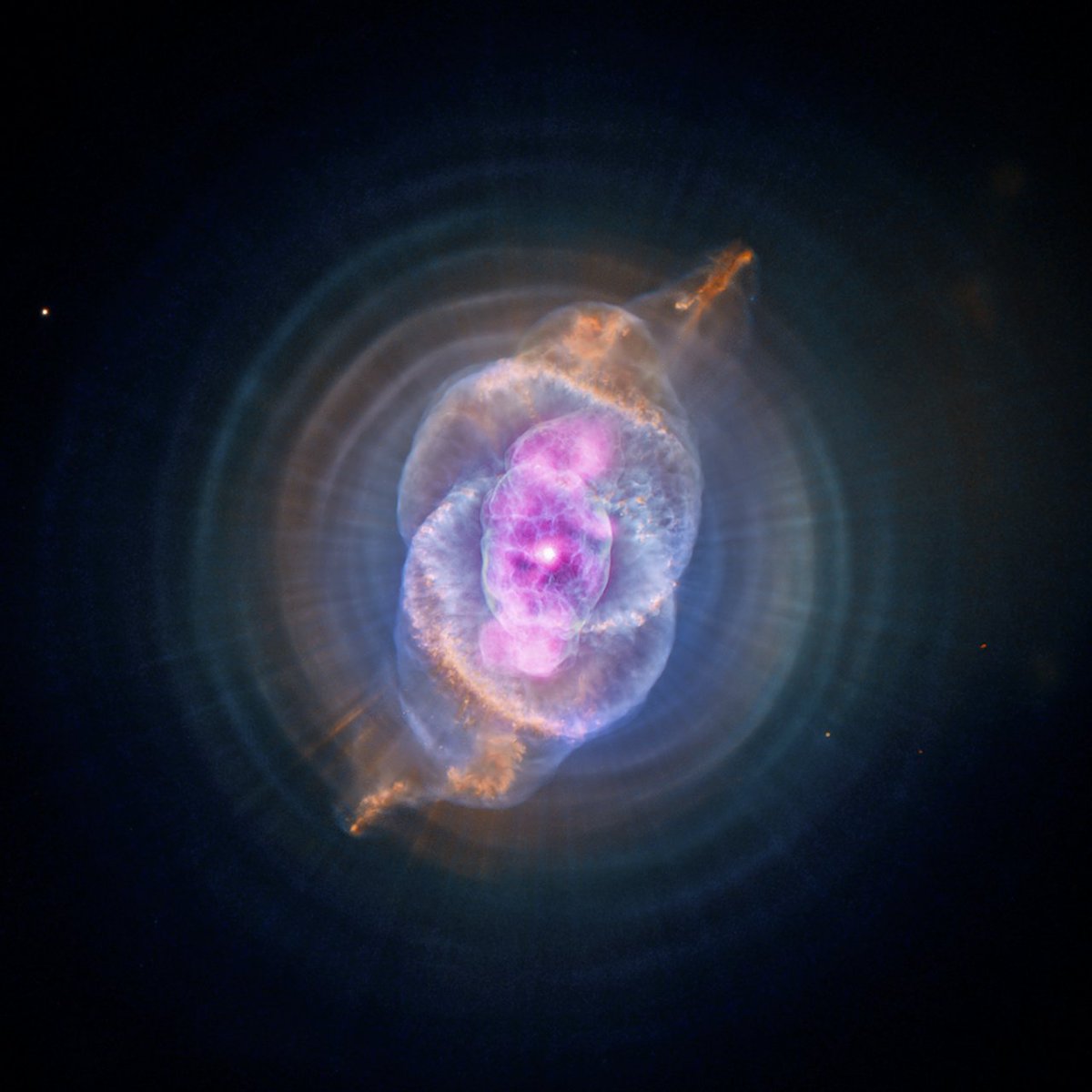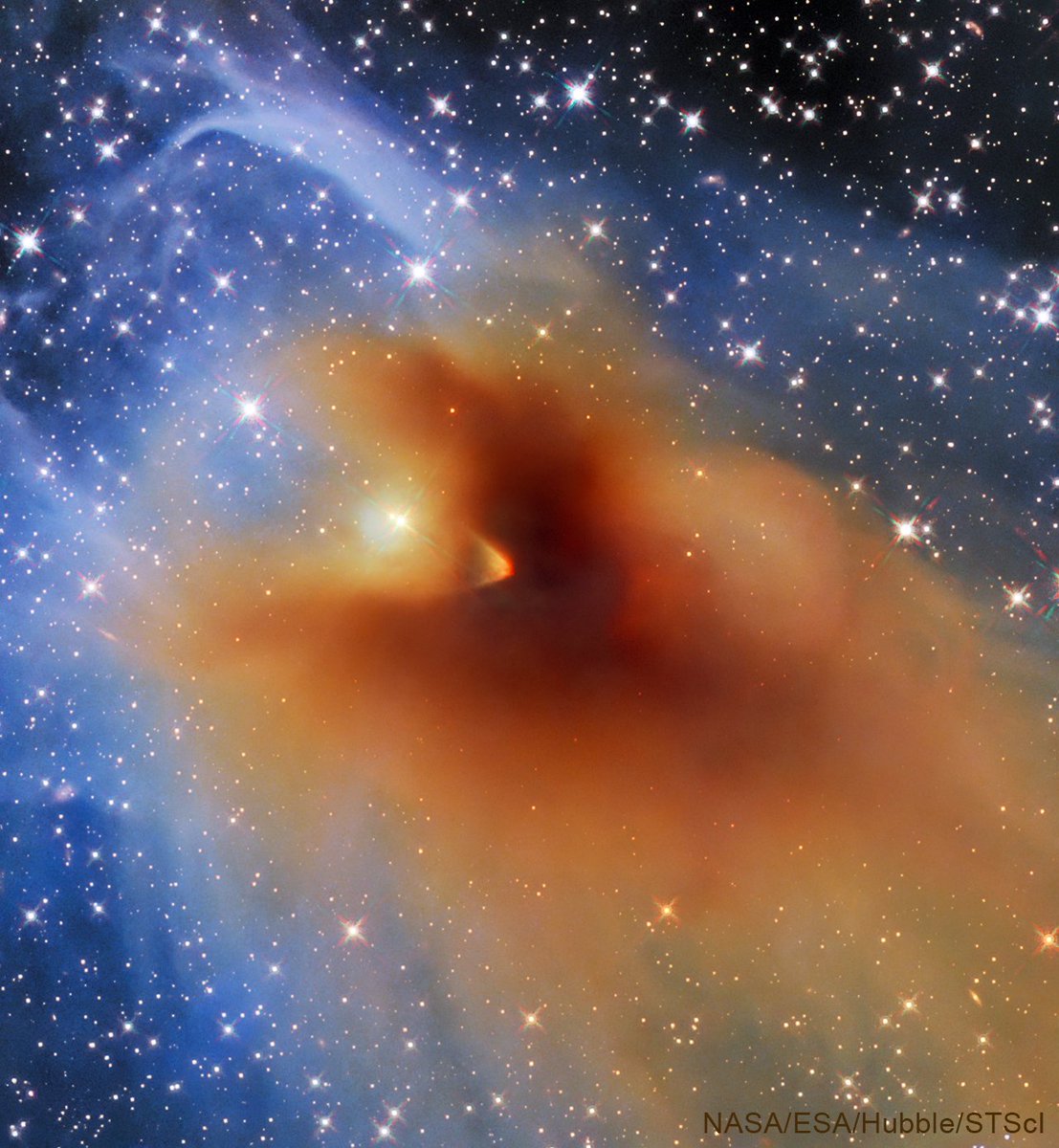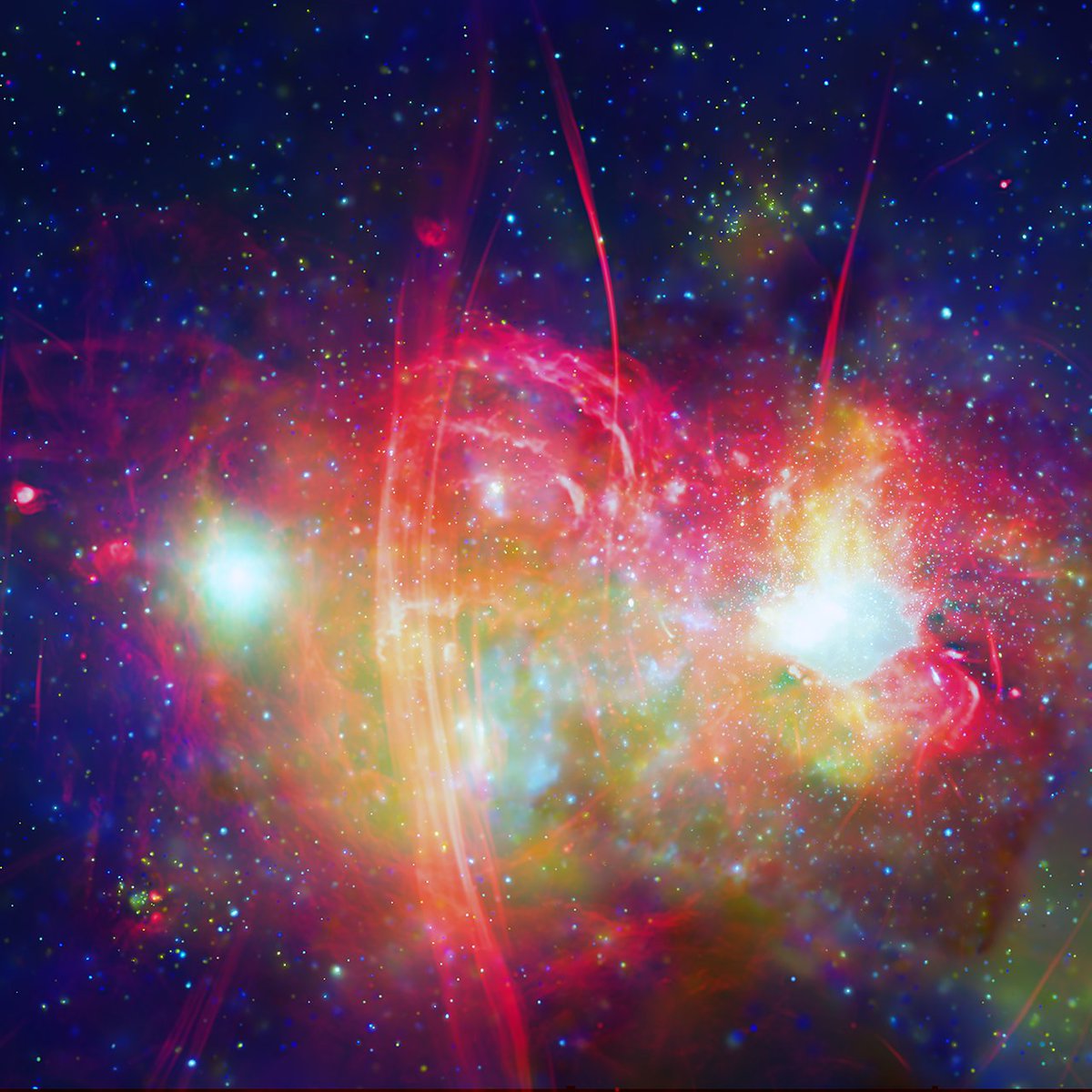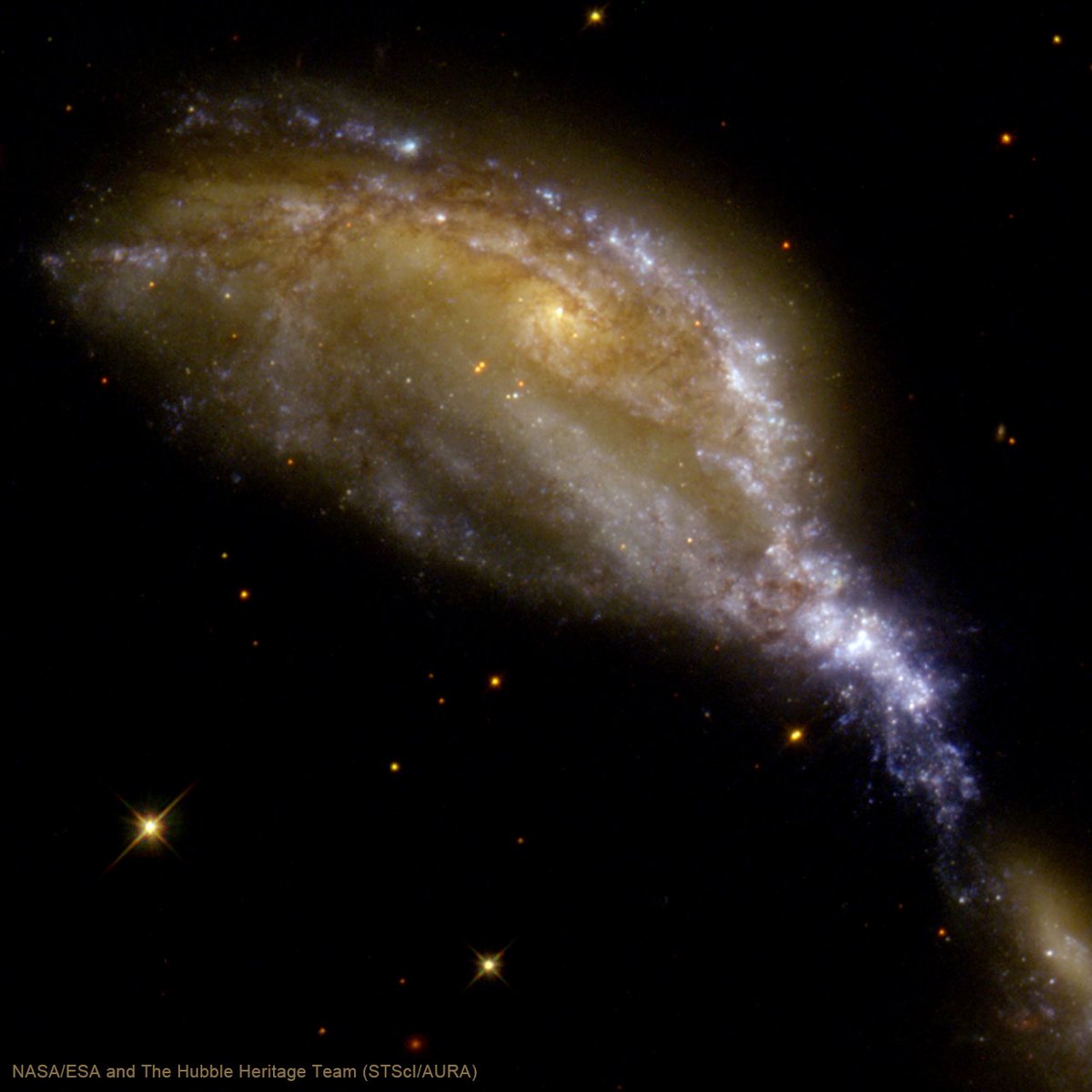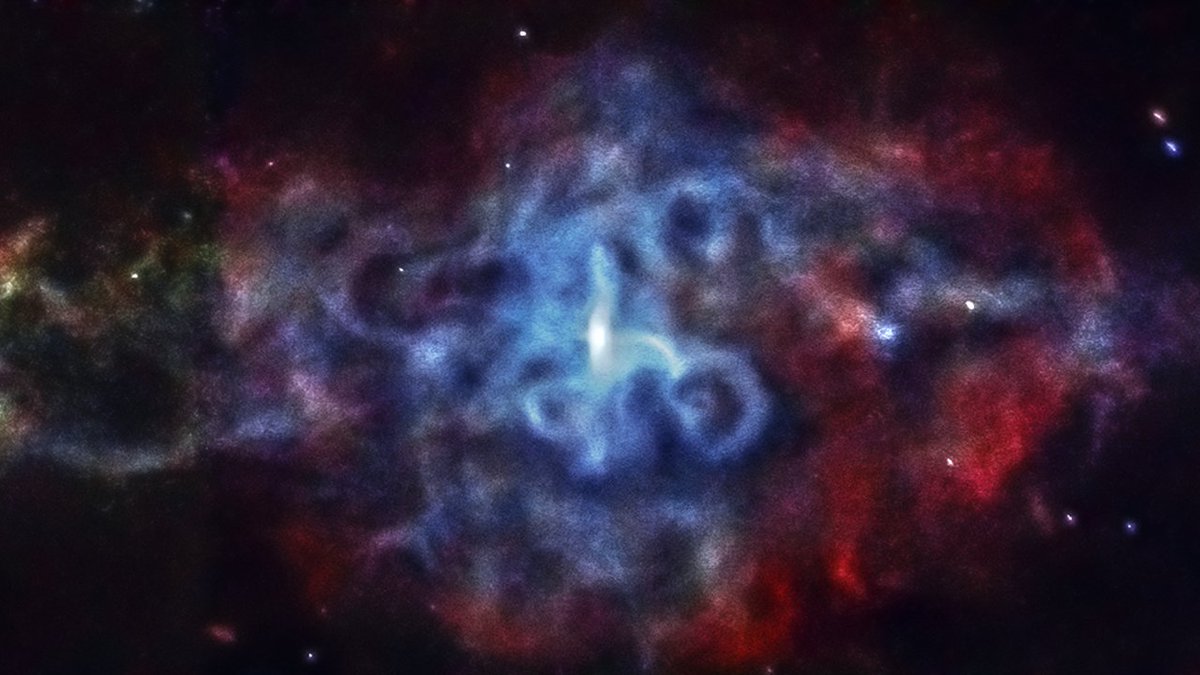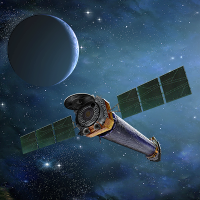
Chandra Observatory
@chandraxray
Official Twitter account of NASA’s Chandra X-ray Observatory. Operated for NASA by Smithsonian (SAO). Verification: https://t.co/oQRMjHqCRI Legal: https://t.co/BUQNO29Sjg
ID:12415722
http://chandra.si.edu 18-01-2008 21:35:19
77,8K Tweets
411,8K Followers
201 Following
Follow People

Hidden in a distant galaxy cluster collision, about 1.62 billion light-years from Earth, are wisps of gas that some people think resemble the Starship Enterprise. Others think the wisps look like time-traveling whales in space. Either way, Abell 1033 *engages* on #StarTrekDay !🖖
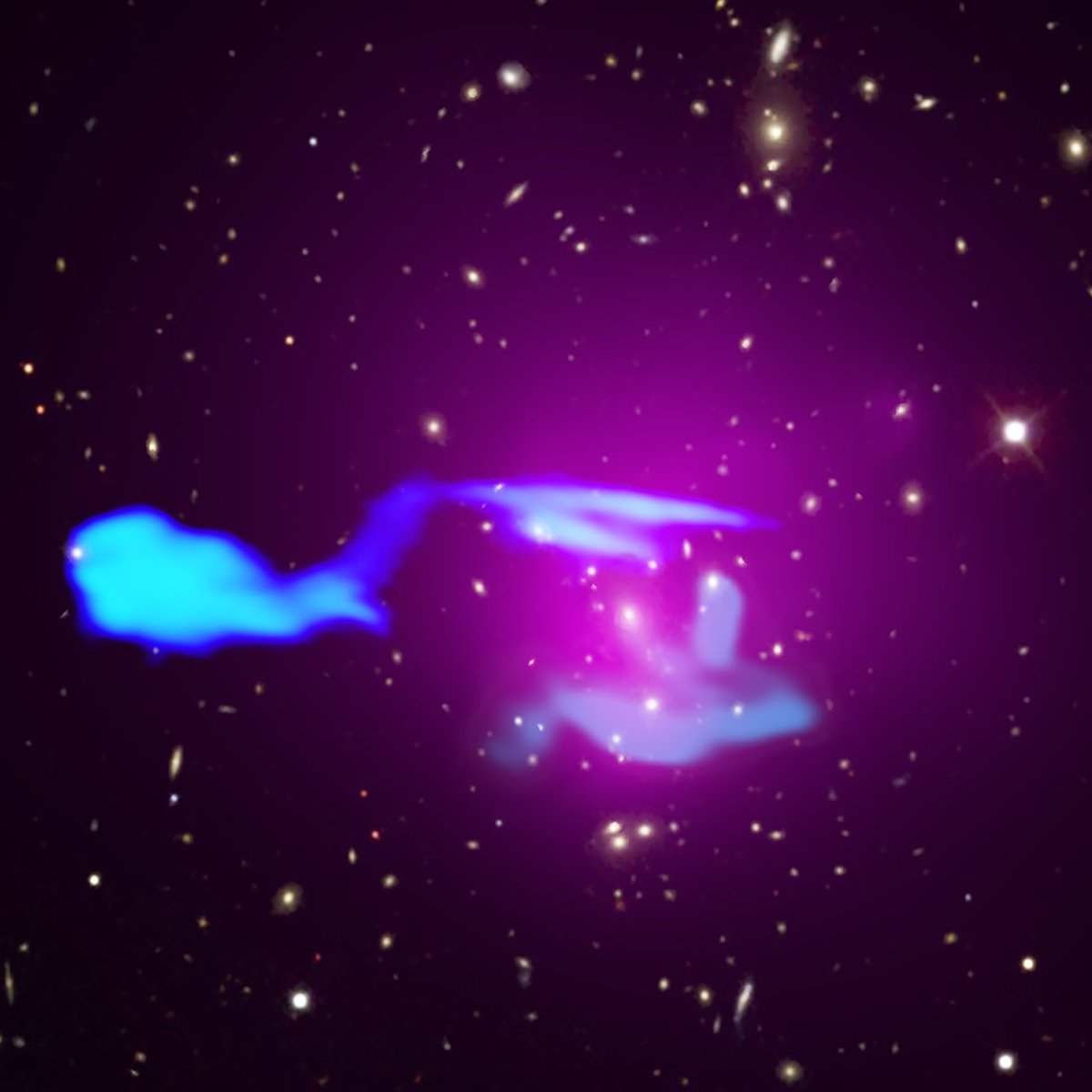

The Cartwheel Galaxy gets its unique shape from a collision with a smaller galaxy. When the smaller galaxy punched through the Cartwheel, it triggered star formation that appears around an outer ring and elsewhere in the galaxy. This view combines data from Chandra & NASA Webb Telescope.
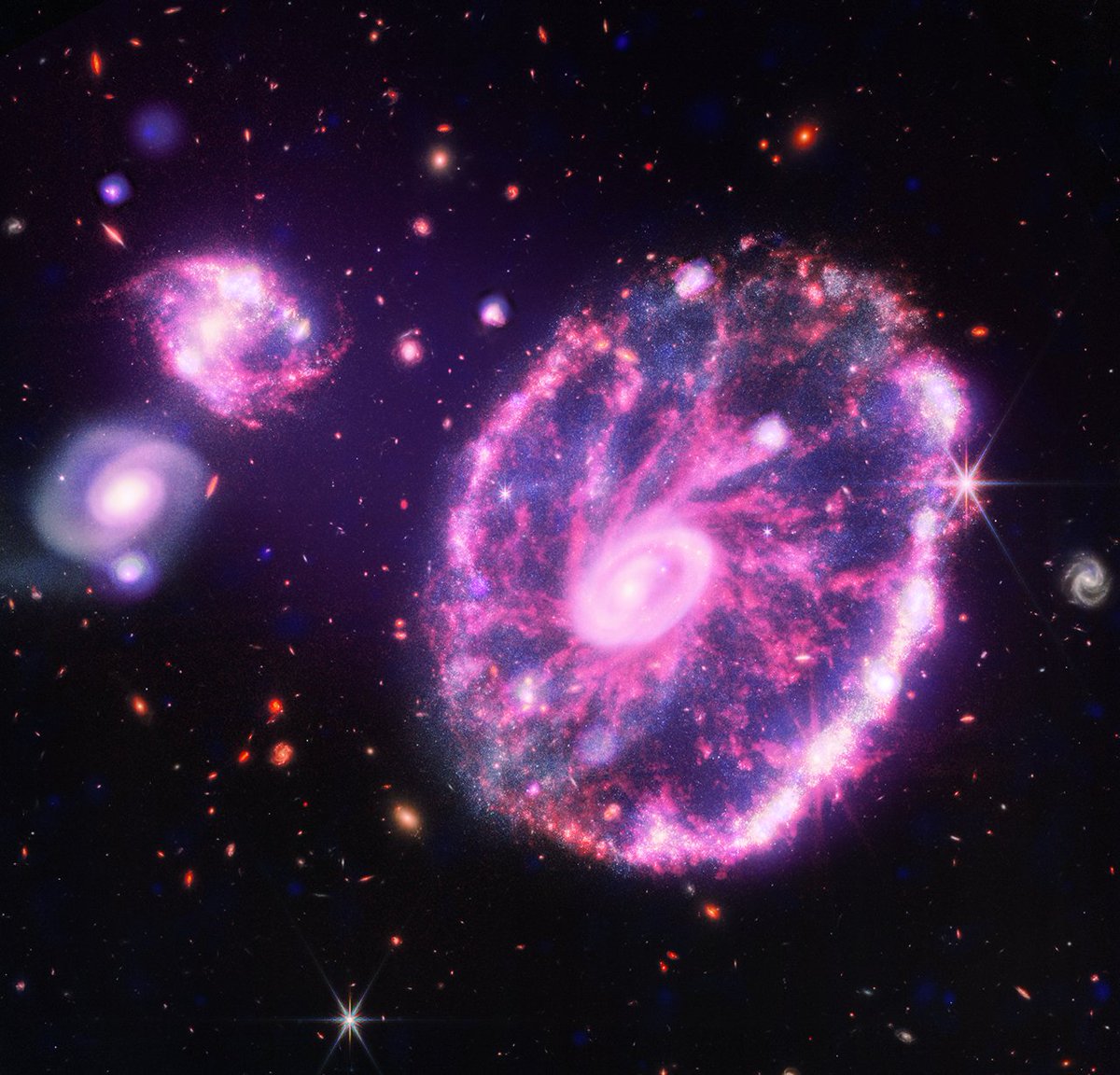

So exciting! NASA Webb Telescope on Supernova 1987A — one of Chandra's favorite objects! 😍


The galaxy cluster 'El Gordo' got its name because of its gigantic mass - 3 million billion times the mass of the Sun.
Using data from Chandra Observatory and NASA Webb Telescope, scientists determined that El Gordo is, in fact, the site of two galaxy clusters that ran into one another.
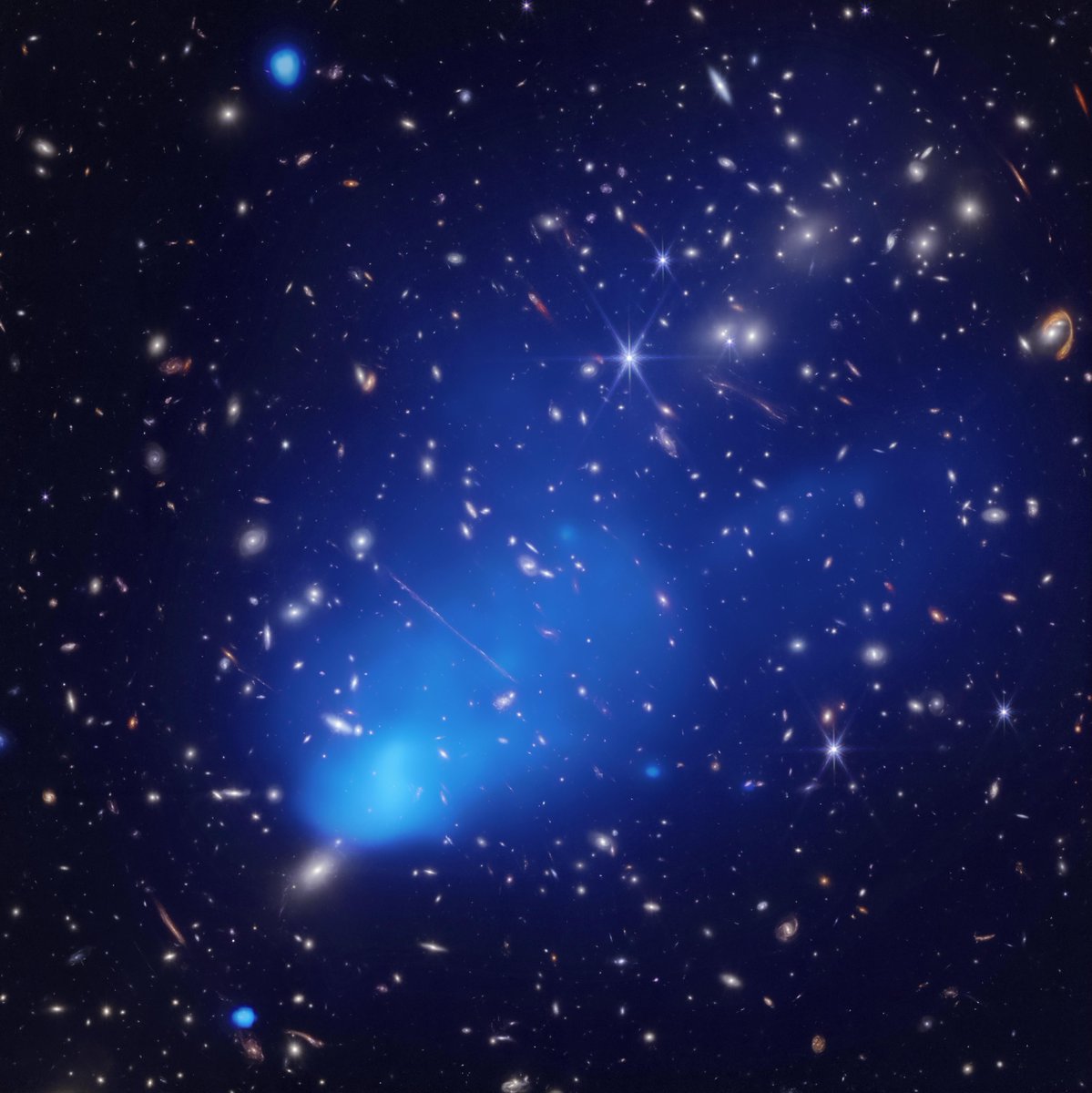



Happy #CouplesDay ! If you like slow dances, then this one may be for you. NGC 5394 & NGC 5395 slowly whirl about each other in a gravitational twirl that sets off a flourish of sparks in the form of new stars. A single turn in their dance takes several hundred million years.
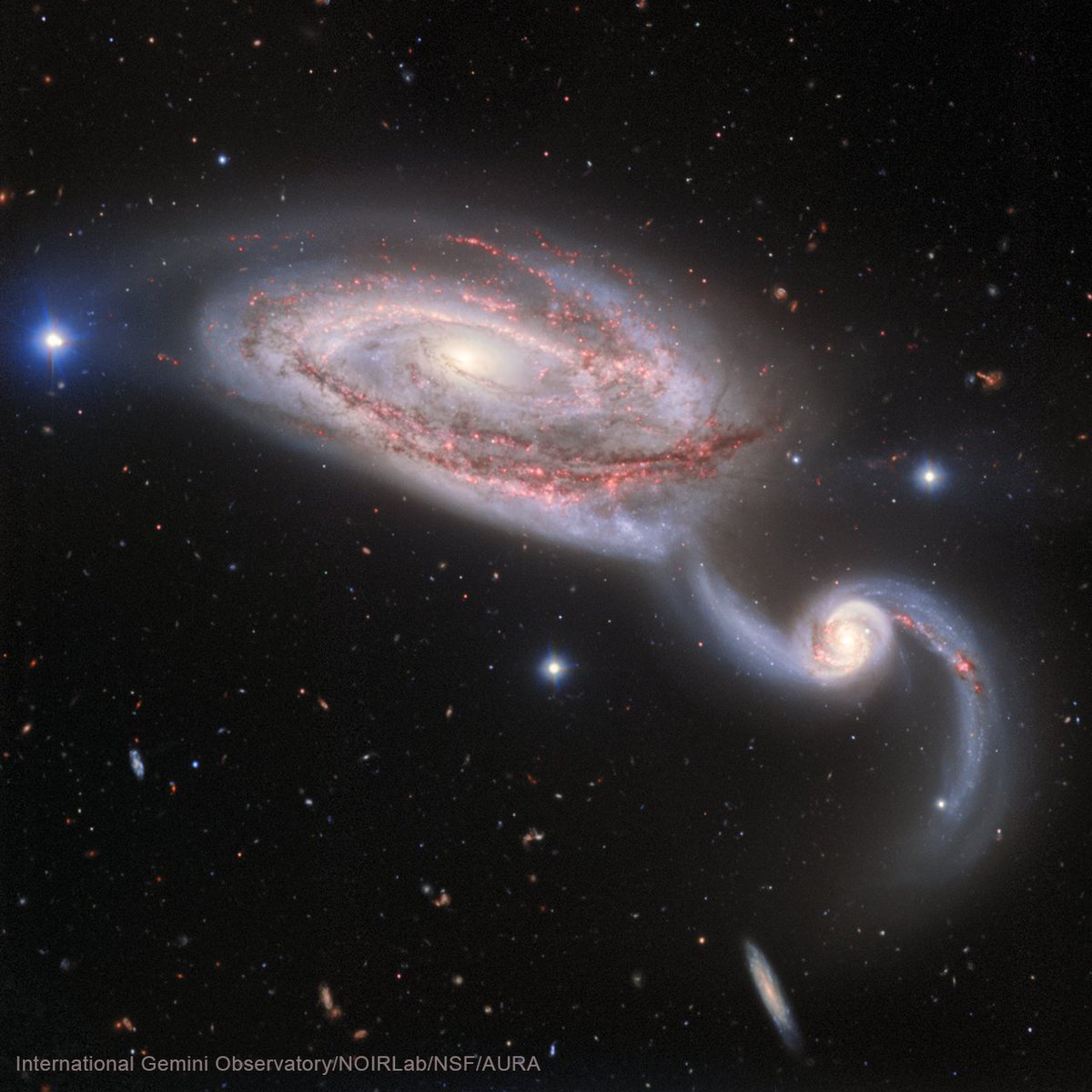

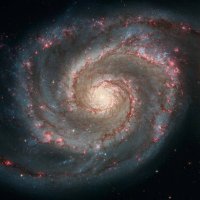


If you've ever gazed into the eyes of cat, you know how fascinating those orbs can be. The Cat's Eye Nebula is no different. The kind of nebula produced by stars like our Sun — but later in life — often have curious qualities that leave us mesmerized. #InternationalCatDay 🐈
